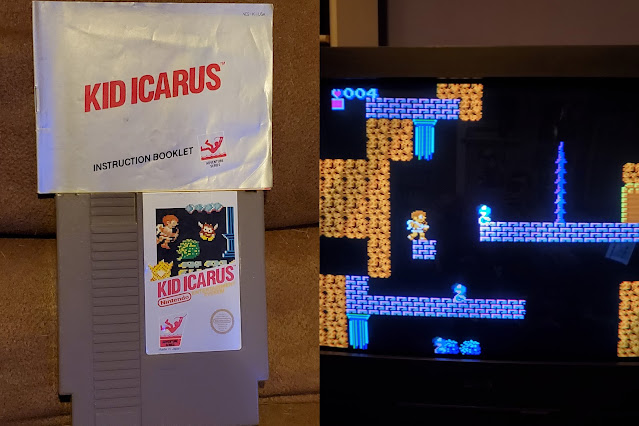Collection essentials #85: Micro Machines (NES)

Micro Machines is a brand of toy vehicles that debuted in the mid-1980s, and British video game developer Codemasters decided to make a video game based on these toys. You may notice this cartridge looks a little different than normal NES cartridges. That’s because this is an “unlicensed” game, meaning it was made without Nintendo’s consent or approval. After Atari failed in part because of saturating the market with too many lousy games, Nintendo developed a security chip for their games so that not just any old person could simply make and release an NES game without their knowledge, and that gave them quality control over the market. However, some companies learned how to bypass the chip and therefore bypass going through Nintendo for the release of their game, and Codemasters was one of the companies that took advantage of this. Luckily, just because a game is unlicensed doesn’t mean it’s bad, and Micro Machines certainly is not. As for the game itself, it is unsurprisingly a racin...

















